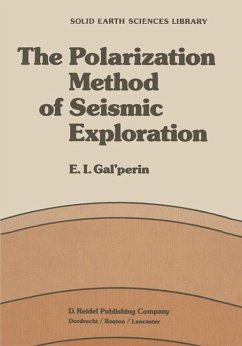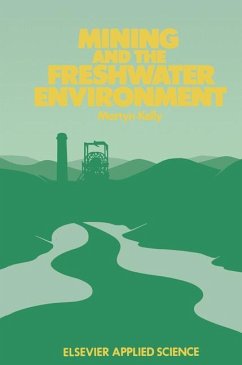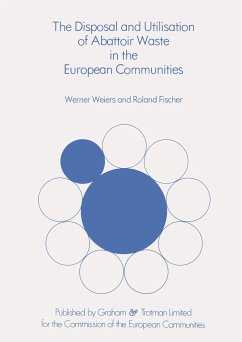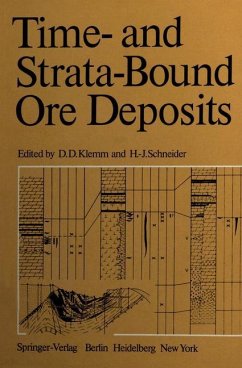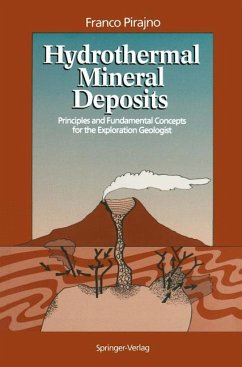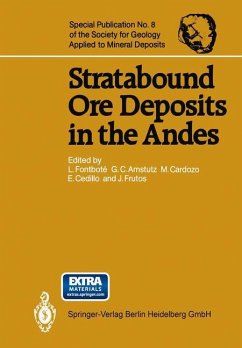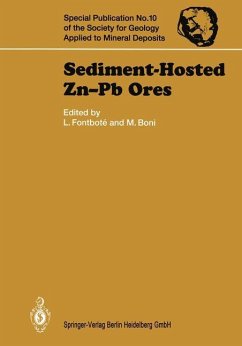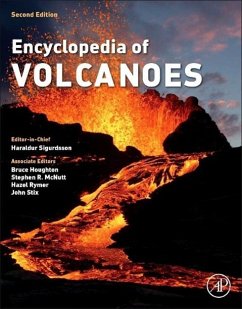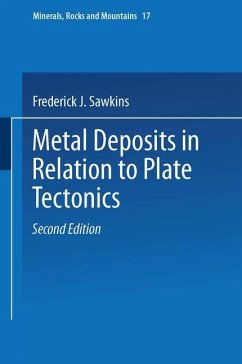
Statistical Models for Optimizing Mineral Exploration
After the spectacular successes of the 1960's and 1970's, the mineral exploration business is at a crossroads, facing uncertain t:imes in the decades ahead. This situation requires a re-thinking of the philosophy guiding mineral exploration if it is to emulate its recent performance. The ma:i. n argument of a previous volume titled "Designing Opt:lmal Strategies for Mineral Exploration", published in 1985 by Plenum Publishing Corporation of New York, is that a possible answer to the challenge facing mineral explorationists lies in the philosophy of opt:irn1zation. This new approach should help...
After the spectacular successes of the 1960's and 1970's, the mineral exploration business is at a crossroads, facing uncertain t:imes in the decades ahead. This situation requires a re-thinking of the philosophy guiding mineral exploration if it is to emulate its recent performance. The ma:i. n argument of a previous volume titled "Designing Opt:lmal Strategies for Mineral Exploration", published in 1985 by Plenum Publishing Corporation of New York, is that a possible answer to the challenge facing mineral explorationists lies in the philosophy of opt:irn1zation. This new approach should help exploration staff make the best achievable use of the sophisticated and costly technology which is presently available for the detection of ore deposits. The main emphasis of the present volume is placed on the mathematical and computational aspects of the opt:irn1zation of mineral exploration. The seven chapters making up the ma:i. n body of the book are devoted to the description and application of various types of computerized geomathematical models which underpin the optimization of the mineral exploration sequence. The topics covered include: (a) the opt:lmal selection of ore deposit types and regions of search, as well as prospecting areas within the regions (Chapters 2, 3, 4, 6), (b) the designing of airborne and ground field programs for the opt:lmal coverage of prospecting areas (Chapters 2, 3, 4), (c) delineation and evaluation of exploration targets within prospecting areas by means of opt:irn1zed models (Chapter 5).




